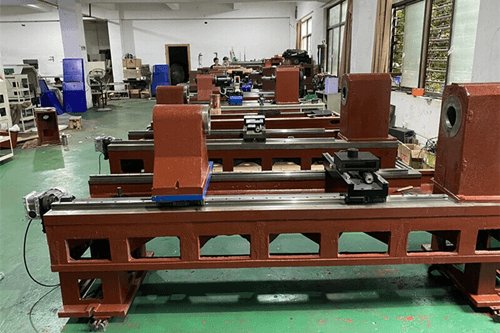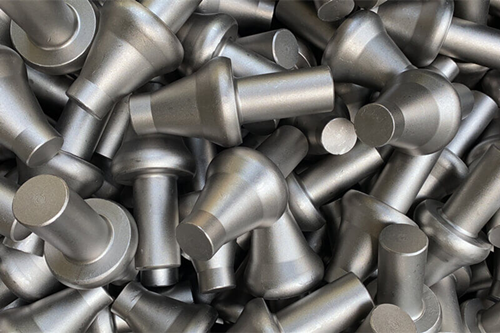Flexographic printing, also known as flexo printing, has gained significant popularity in the printing industry due to its numerous advantages and benefits. This versatile printing technique has revolutionized the packaging and label industry, providing high-quality results and cost-effective solutions. In this article, we will explore the five major benefits of flexographic printing that have contributed to its widespread adoption and popularity.
Versatility
Flexographic printing is incredibly versatile, allowing it to be used on a wide range of materials and surfaces. Whether it’s paper, cardboard, plastic, or even metallic films, flexo printing can effectively and efficiently print on various substrates. This adaptability makes it an ideal choice for packaging applications, where different materials and designs are required to meet specific branding and product requirements.
Cost-Effective Production
One of the primary reasons for the popularity of flexographic printing is its cost-effectiveness. The flexo printing process utilizes flexible printing plates and fast-drying inks, which result in reduced setup and production costs compared to other printing methods. Additionally, flexo printing is known for its high-speed production capabilities, enabling large volumes of prints to be produced quickly. The combination of cost-effectiveness and efficiency makes flexographic printing an attractive option for both small and large print runs.
Superior Print Quality
Despite being a cost-effective solution, flexographic printing does not compromise on print quality. The use of photopolymer plates, improved ink formulations, and advancements in press design have all contributed to achieving excellent print quality. Flexo printing is especially popular for applications that require fine details, sharp images, and precise color reproduction, such as labels, tags, and packaging materials.
Efficient Ink Usage
In flexographic printing, the inks used are transferred directly to the substrate, minimizing ink waste and reducing environmental impact. The process involves the use of rollers, which efficiently control the ink flow and ensure uniform coverage. This efficient ink usage not only reduces costs but also makes flexo printing an environmentally friendly option compared to other printing methods.
Speed and Productivity
Flexographic printing is renowned for its high-speed production capabilities. The modern flexo presses can achieve impressive speeds, enabling rapid turnaround times and meeting tight deadlines. This speed and productivity are particularly valuable in industries where quick response times and short lead times are crucial, such as the packaging and labeling industry.
For quality and affordable flexographic printing plates makers, read more.

